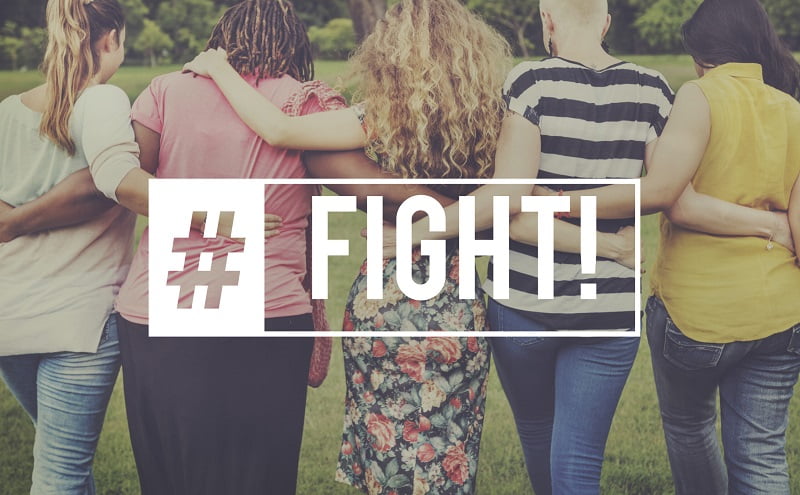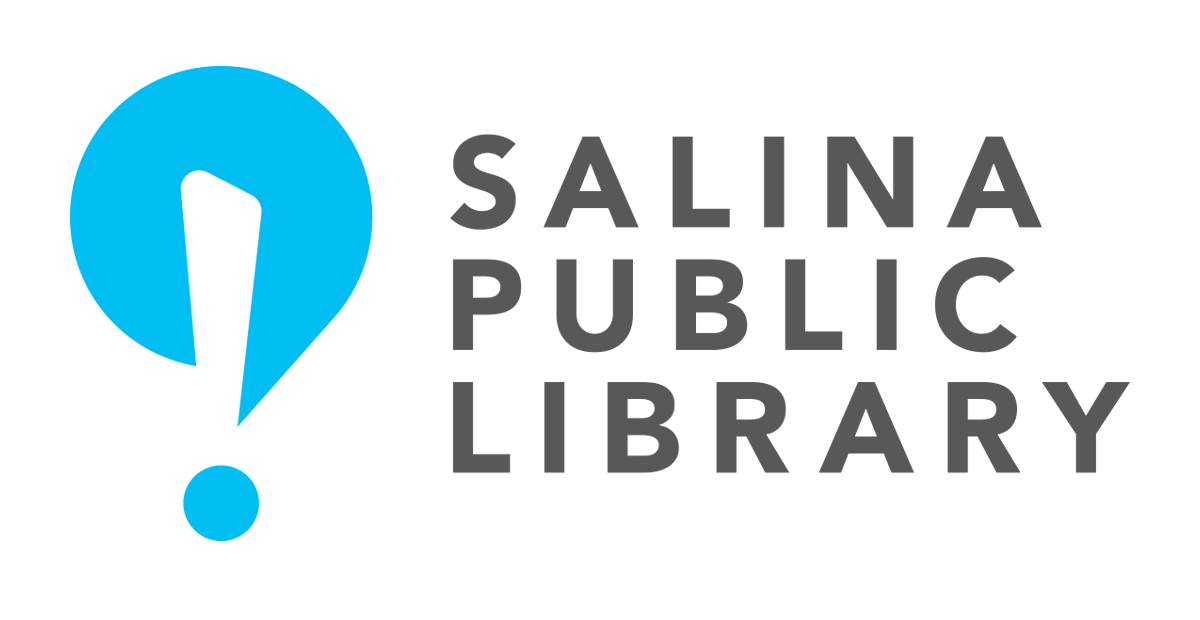
You are at the doctor’s office and they inform you that you have the big C. Meaning, you have cancer. That is one conversation no human wishes to experience in their lifetime. It can be extremely overwhelming and cause feelings of disbelief, fear, anxiety, anger, and sadness. Awareness, prevention, and treatments of any type of cancer is extremely important. However, for the month of October, breast cancer is in the spotlight. Similarly to many others who are familiar with the fight against cancer, this cause is near and dear to my heart as my own mother succumbed to this disease almost a decade ago.
According to the American Cancer Society, except for skin cancers, breast cancer is the most common cancer in women in the United States. It is about 30% (or 1 in 3) of all new female cancers each year.
The American Cancer Society’s estimates for breast cancer in women in the United States for 2022 are:
- About 287,850 new cases of invasive breast cancer will be diagnosed
- About 51,400 new cases of ductal carcinoma in situ (DCIS) will be diagnosed
- About 43,250 women will die from breast cancer
Overall, the average risk of a woman in the United States developing breast cancer sometime in her life is about 13%; meaning there is a 1 in 8 chance she will develop breast cancer and that there is a 7 in 8 chance she will never have the disease.
The American Cancer Society estimates for breast cancer in men in the United States for 2022 are:
- About 2,710 new cases of invasive breast cancer will be diagnosed
- About 530 men will die from breast cancer
For men born in the United States, the current lifetime risk of developing breast cancer is 0.13%. This means about one in 800 men develop breast cancer at some point in their lives.
Currently there is not sufficient knowledge on the exact causes of breast cancer. That being said, not all cases of breast cancer can be prevented, but some can. Certain risk factors for breast cancer, such as genetics, are inherent to an individual and cannot be changed. Others are related to a person’s lifestyle. Therefore, early detection of the disease remains the cornerstone of breast cancer control. When breast cancer is detected early, and if adequate diagnosis and treatment are available, there is a decent chance that the cancer can be cured. If detected late, however, curative treatment is often no longer an option.
So, what can someone do to reduce their chances of developing breast cancer?
- Limit alcohol consumption. Drinking alcohol raises your risk of getting six kinds of cancer:
- Mouth and throat
- Voice box (larynx)
- Esophagus
- Colon and rectum
- Liver
- Breast (in women)
All alcoholic drinks, including red and white wine, beer, and liquor are linked with cancer. The more one drinks, the higher the cancer risk.
- Maintain a healthy weight. Achieving and maintaining a healthy weight includes healthy eating, physical activity, optimal sleep, and stress reduction. Overall, staying active and healthy throughout one’s life will lower their risk of developing cancer and improve their chances of surviving cancer if it occurs.
- Breast-feed the children if it is possible. Breastfeeding is the best source of nutrition for most infants. It can also reduce the risk for certain health conditions for both infants and mothers.
- Perform monthly breast self-examinations at home. This Breast Self-Exam link from BreastCancer.org gives step-by-step instructions on how to properly give oneself a breast examination.
- At minimum, attend yearly visits with the doctor, inform them of any changes seen or felt in the body, and what one’s goals are. Doctor’s are here to guide us on our health journey, but we should ensure that we are our own health advocates. If something does not feel right, one must voice their concern and ensure their voice is heard. On that same note, Salina Public Library partners with Salina Family Healthcare to offer health screenings at our facility. Please visit our calendar of events or give us a call if you want to know the next time these will be available.
- Limit postmenopausal hormone therapy and oral contraceptives. Many studies over several decades have shown these to have a correlation to cancer. Click this Menopausal Hormone Therapy and Cancer link and this Oral Contraceptives and Cancer Risk link for more information regarding these two topics.
- Get BRCA (Breast Cancer Gene) genetic testing done if there is a family history of cancer. Sometimes, changes or “mutations” occur that prevent genes from doing their job properly. Certain mutations in the BRCA genes make cells more likely to divide and change rapidly, which can lead to cancer. All women have BRCA1 and BRCA2 genes, but only some women have mutations in those genes. About 1 in every 500 women in the United States has a mutation in either her BRCA1 or BRCA2 gene. If either parent has a BRCA1 or BRCA2 gene mutation, their offspring has a 50% chance of having the same gene mutation. If there is a family history of breast cancer or inherited changes in your BRCA1 and BRCA2 genes, talk to the doctor about other ways to lower the risk.
As always, the Salina Public Library has many other resources for you to consider when looking to adopt a healthier lifestyle, cancer prevention, or when the cancer battle is on. Here are some of my own personal top picks:
- Cancer Survivorship Sourcebook. This book provides consumer health information about the physical, educational, emotional, social, and financial needs of cancer patients from diagnosis, through cancer treatment, and beyond. It includes facts about researching specific types of cancer, learning about clinical trials, and treatment options. Additional features provide tips for coping with the side effects of cancer treatments and adjusting to life after cancer treatment concludes. Lastly, it suggests some best practices for caregivers, friends, and family members of cancer patients.
- Cancer Caregiving A-to-Z: An At-Home Guide for Patients and Families. Whether caring for yourself at home or providing care for a loved one, this quick reference can improve quality of care and quality of life for those with cancer. Organized in a straight-forward alphabetical format, the book covers more than four dozen critical cancer caregiving topics, from anxiety to weight changes. It is filled with vital checklists as well as time-saving what do if’s.
- The Mayo Clinic Breast Cancer Book: Prevention, Treatment, Care, Coping, Living with Hope. Whether you are facing a cancer diagnosis and the challenges of treatment, wish to prevent the disease if you are at high risk, or are caring for someone going through the experience, this book brings you accurate, reliable, and up-to-date information. You will discover stories rich in hope, with accounts of women who have successfully confronted this difficult disease. The knowledge you will gain, from how you communicate with doctors or selecting treatment options, this resource will absolutely help you to be a more informed patient or caregiver.
- Breast Cancer Clear & Simple: All Your Questions Answered. This title is aimed at easing fears and encouraging informed health care choices. It is practical, reassuring, and provides all the essential facts, behavior guidance, and support about cancer-related decisions. Created by leading medical authorities on breast cancer in collaboration with editorial and design experts in health literacy, the book offers readers a streamlined, step-by-step approach to dealing with a cancer diagnosis.
I hope that this post has been informative and should the need arise for research in this area, please remember that Salina Public Library has several resources available both online, in person, and through our numerous community connections.

About The Author: Allyson
Allyson is the Head of Circulation at Salina Public Library. She grew up in Salina and graduated from Salina Central. After high school, she spent several years living on the East Coast before returning to Salina in 2011. Allyson believes in lifelong learning and as a former instructor, she conveyed to her students the importance of reading and reading comprehension in order to always be increasing one's knowledge base. Allyson's reading preferences include recipe/cook books, self-awareness and self-improvement books, and books, blogs, articles, and etc., that help her to stay up on current events. She earned a BA in Applied Behavioral Science from Ashford University and an MEd in Education from Concordia-Portland University. When not working at the library, Allyson enjoys exploring and perfecting new recipes, walking her two fur babies, binging on the latest Netflix find, and spending time with family & friends. Allyson can be reached at circ@salinapublic.org.
More posts by Allyson